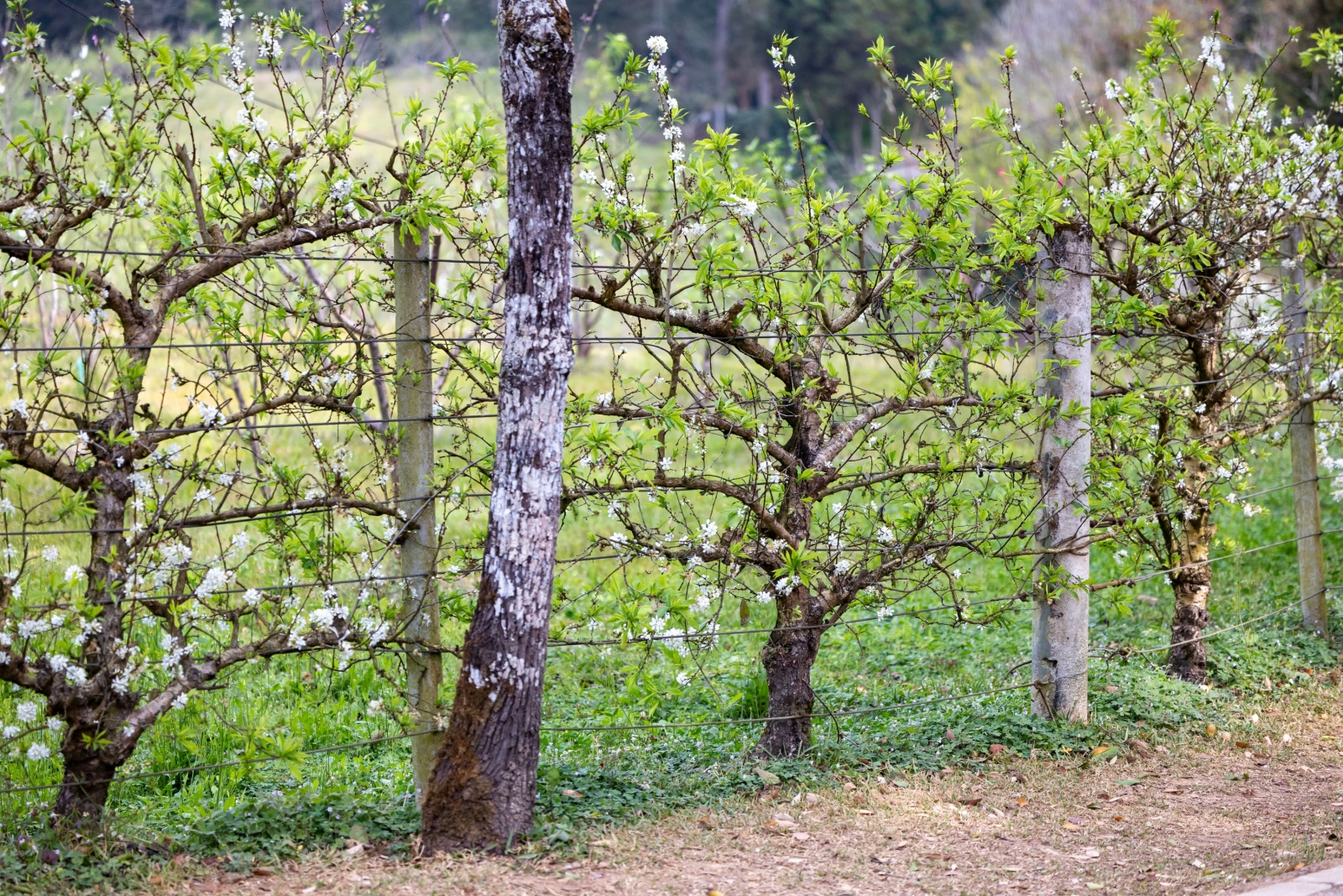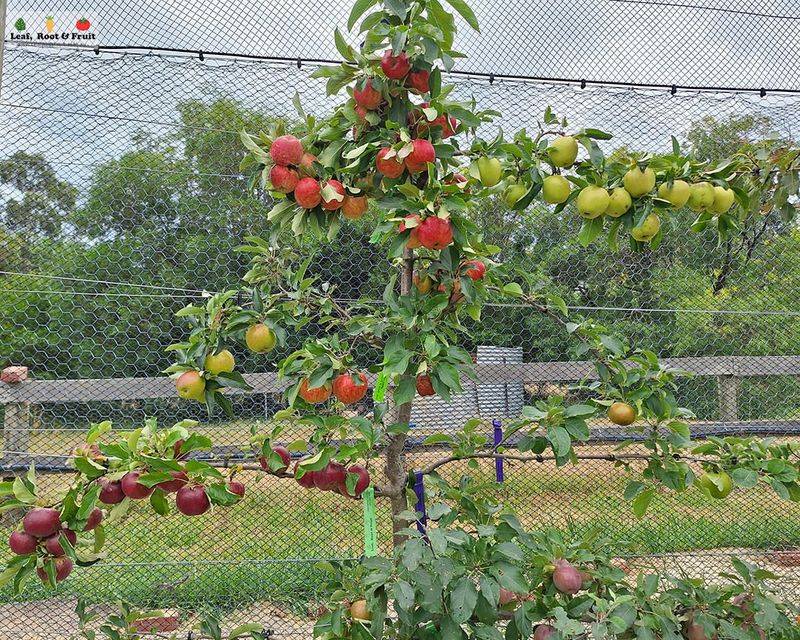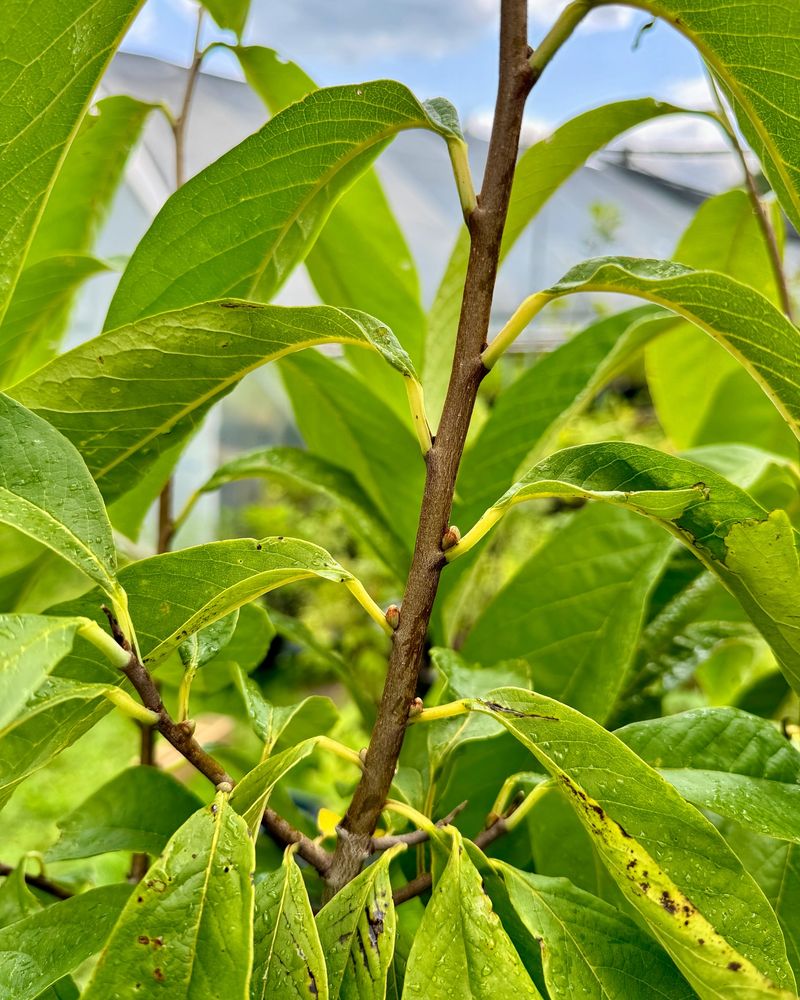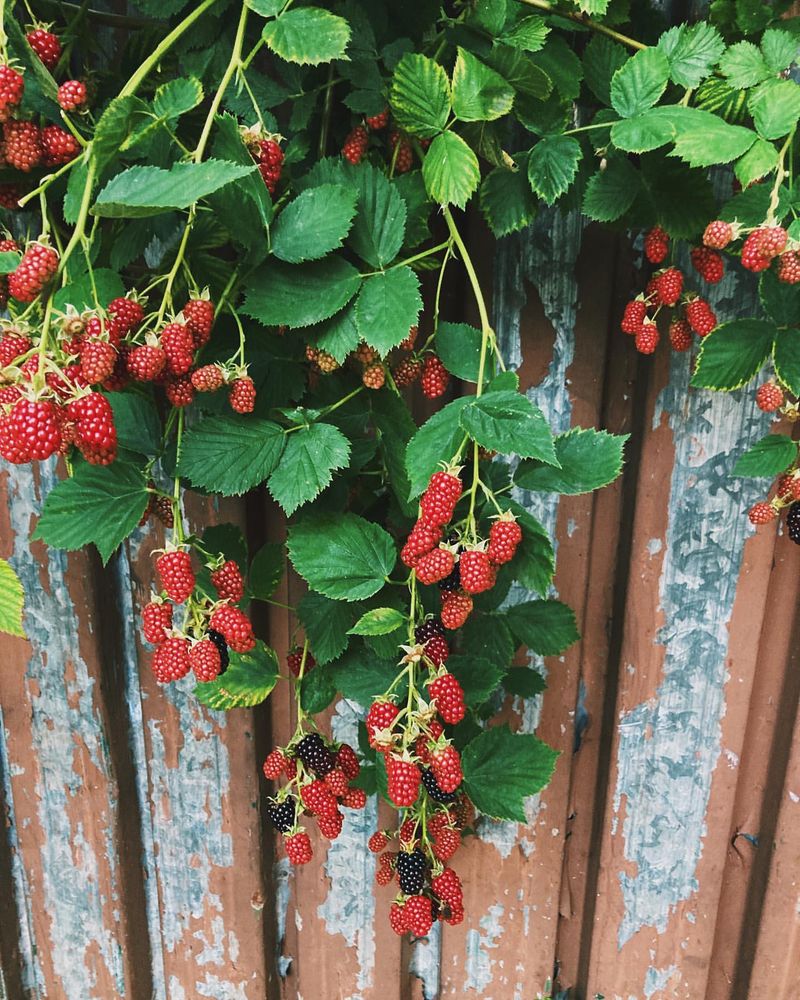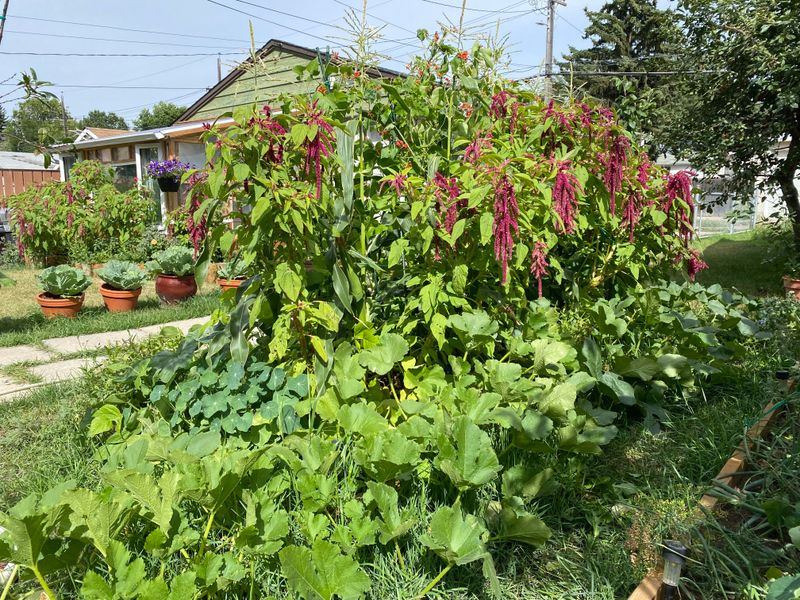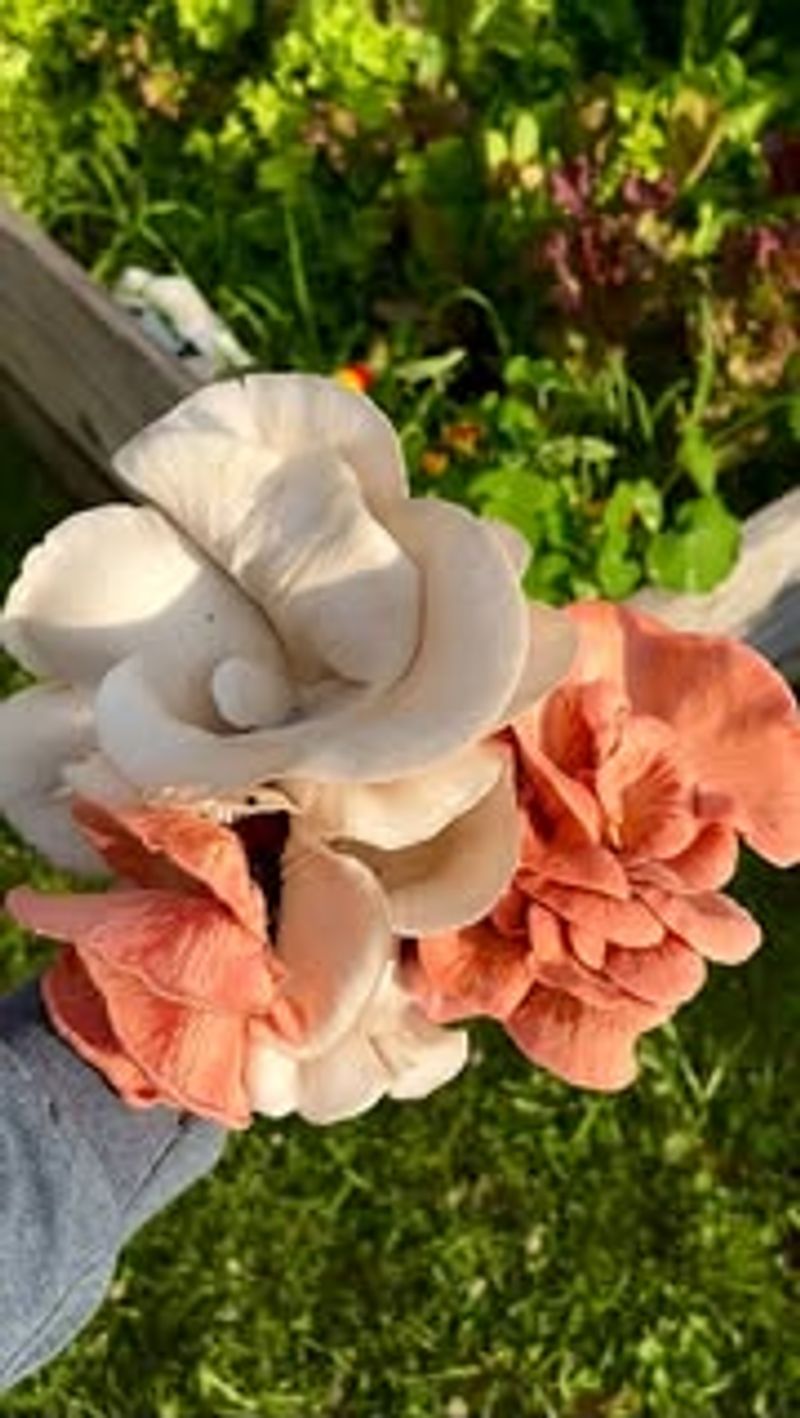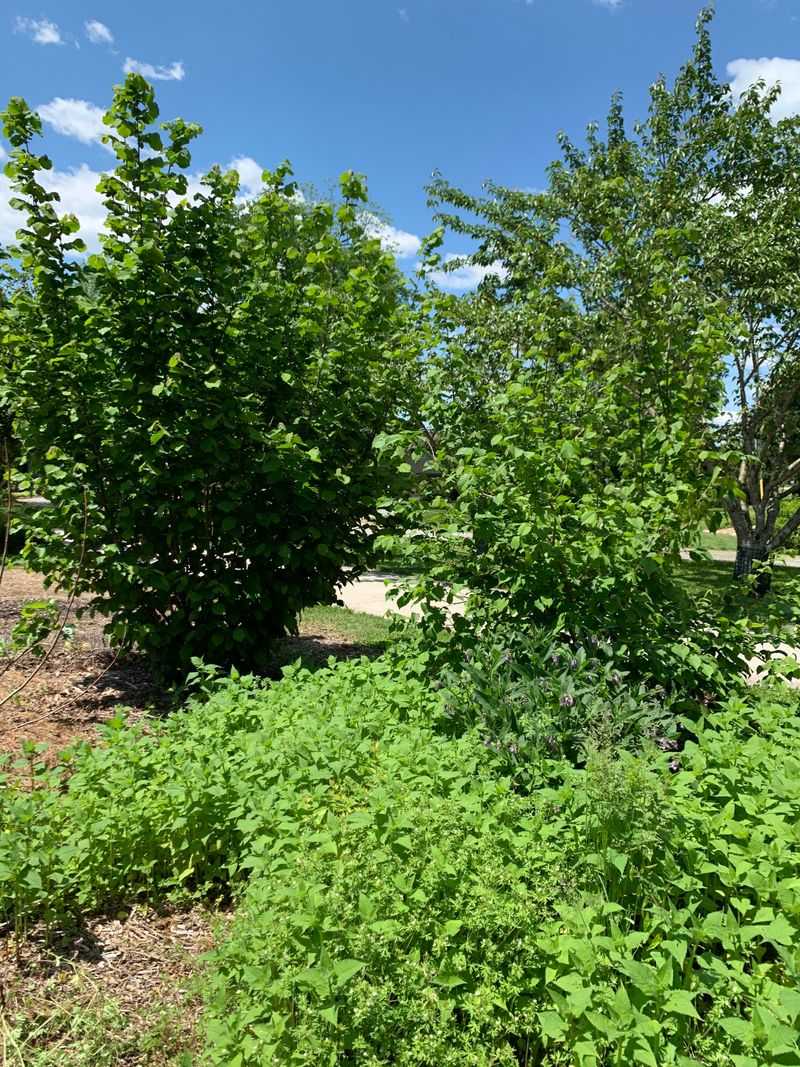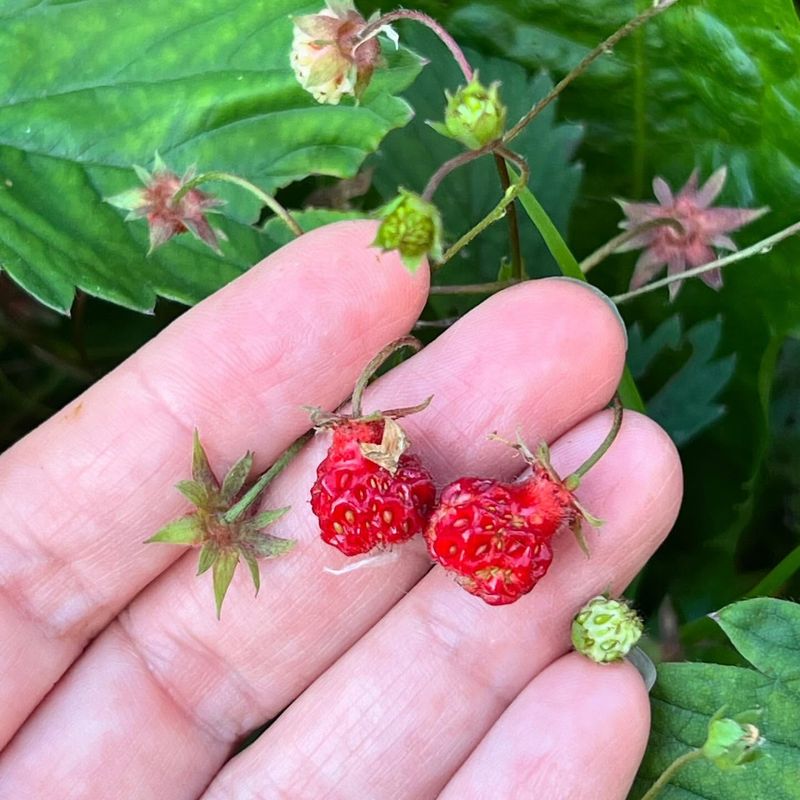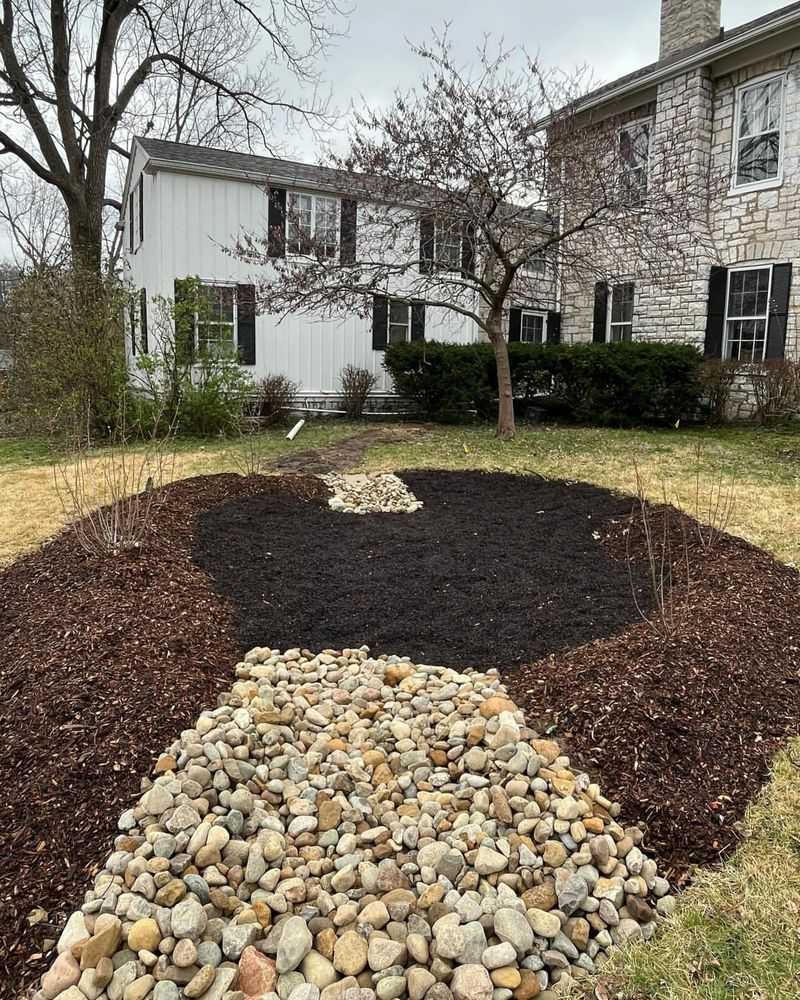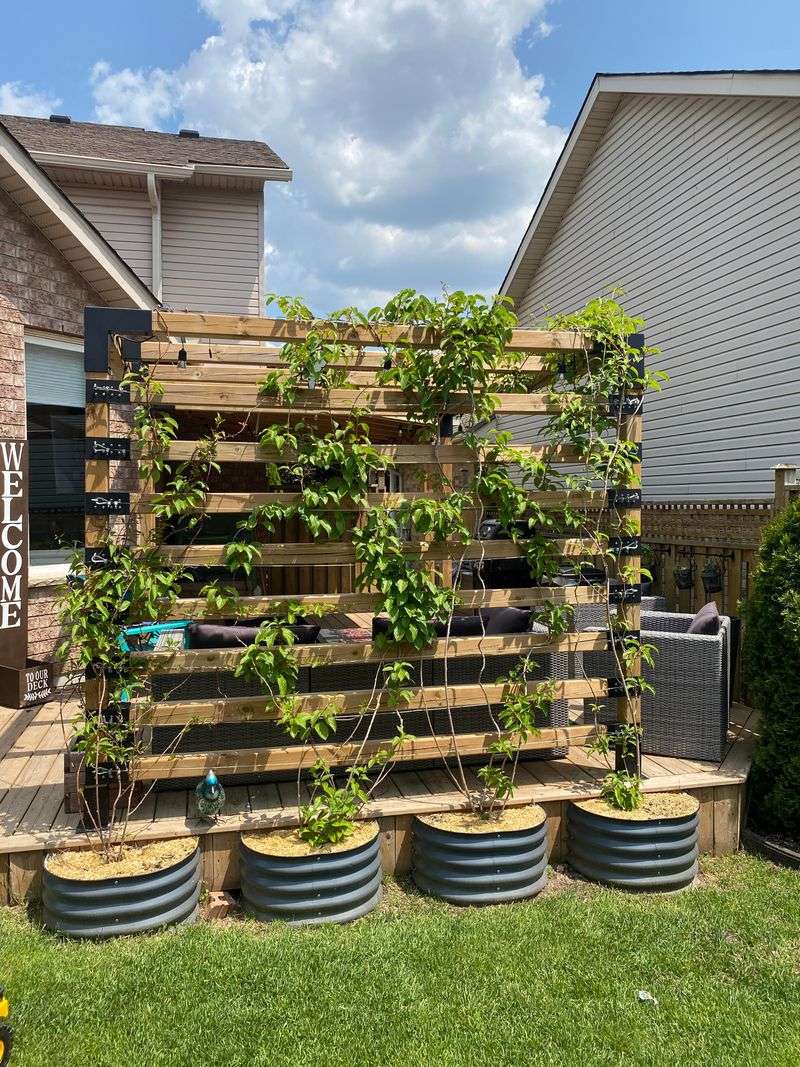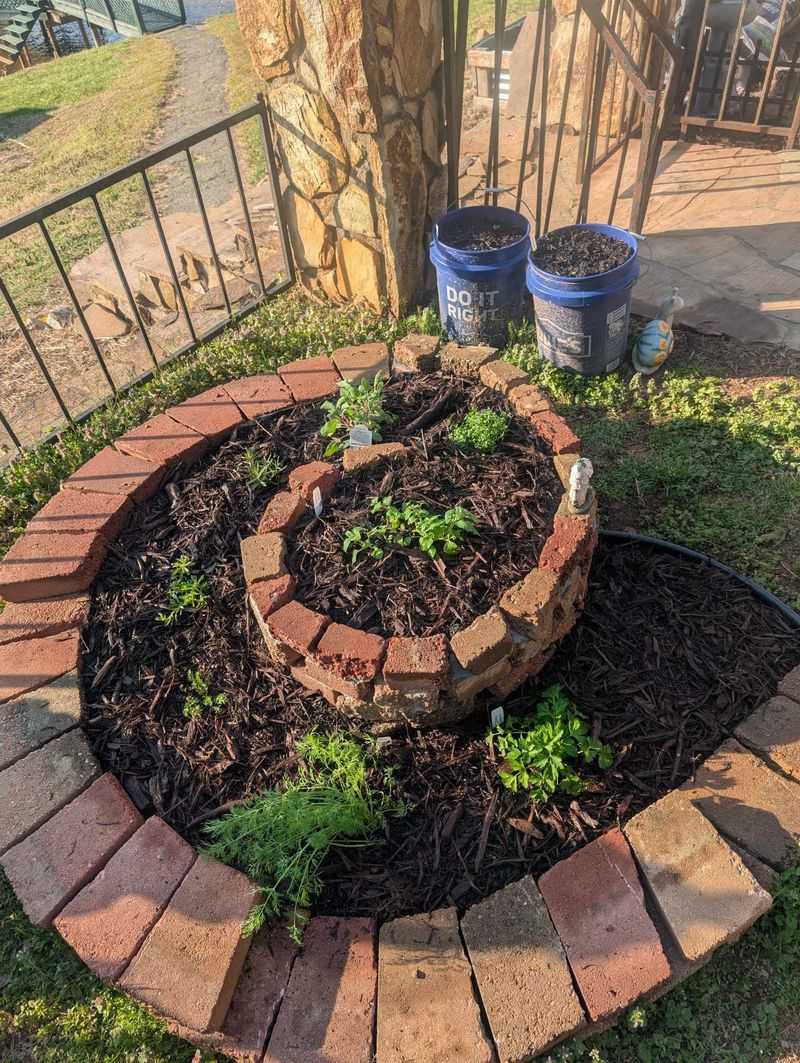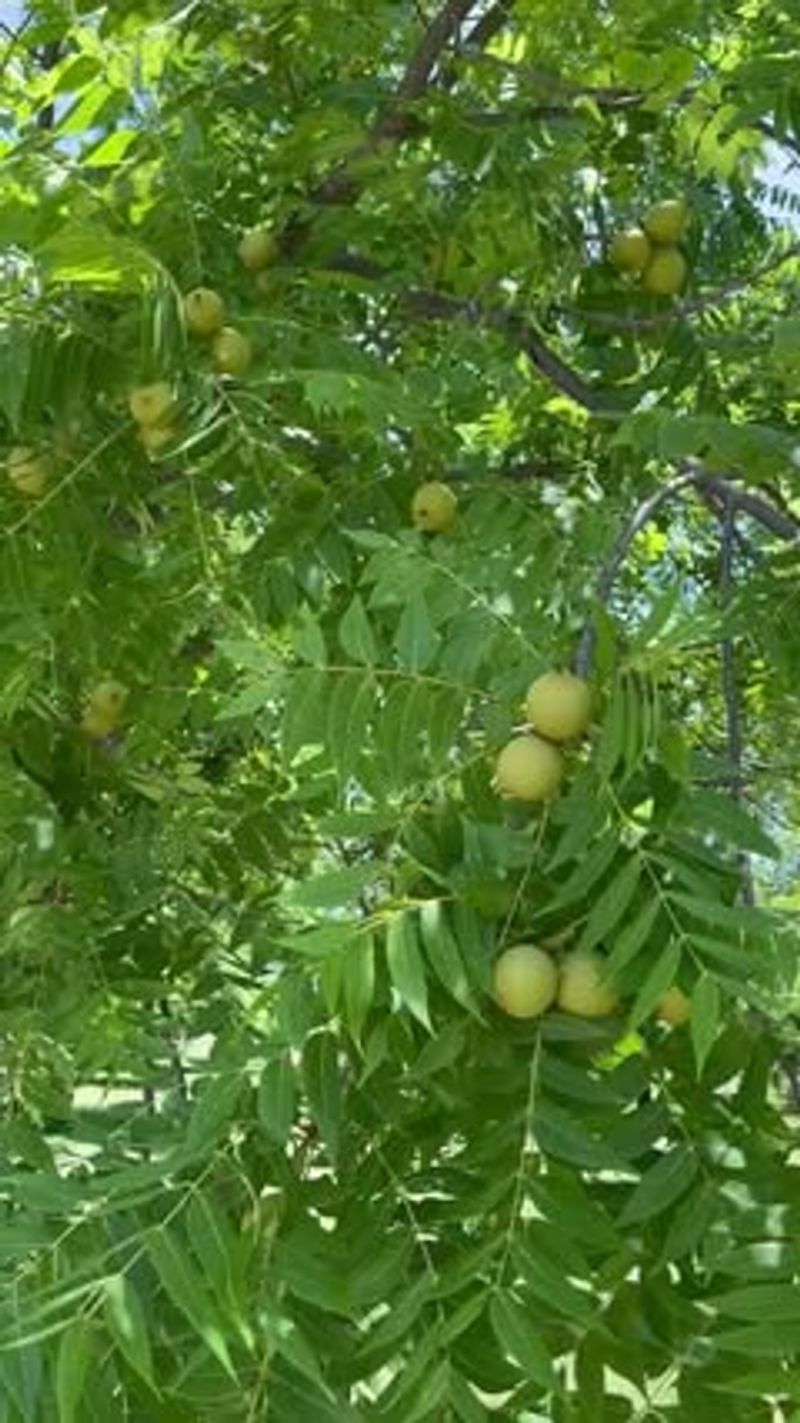Detroit’s gardening scene is turning to forest gardening as a clever way to make the most of tight urban spaces. By mimicking nature’s layered ecosystems, we can grow more with less effort. It’s a low-maintenance approach that fits right into city life.
These multi-layered gardens combine trees, shrubs, herbs, and groundcovers to create thriving food systems. They work beautifully with Detroit’s climate, offering resilience and abundance.
Even small backyards can become lush, productive spaces. I’ve seen tiny plots transformed into mini food forests that feed families and support wildlife. It’s a powerful way to garden smarter, not harder—and it’s catching on across the city.
1. Vertical Fruit Tree Espalier
Training fruit trees against walls or fences saves precious space in Detroit’s compact urban lots. Apple, pear, and cherry trees thrive in our climate when properly espaliered.
I’ve found that south-facing brick walls work wonderfully as they absorb heat during our cold winters. The warmth radiates back to the trees, extending our relatively short growing season.
My neighbor on the east side transformed her narrow side yard with just three espaliered apple trees, harvesting enough fruit to share with half the block last fall.
2. Native Pawpaw Understory
Pawpaws are Michigan’s forgotten native fruit, perfectly adapted to grow beneath taller trees in Detroit gardens. Their tropical-tasting fruits offer a custard-like flesh that tastes like banana-mango.
Growing pawpaws beneath taller trees mimics their natural habitat while maximizing your garden’s vertical space. They require minimal care once established and can handle our clay-heavy soils.
Two years ago, I planted three pawpaw saplings under my maple tree, and they’ve thrived with almost no attention besides occasional watering during dry spells.
3. Berry Bushes As Living Fences
Replace traditional fencing with productive berry bushes that define your space while providing food. Blackberries, raspberries, and currants form dense barriers while producing abundant harvests in Detroit’s climate.
The thorny varieties offer added security for urban properties. My raspberry hedge along the driveway produces berries from June through October with the right mix of summer and fall-bearing varieties.
For Detroit’s colder spots, elderberries make excellent windbreaks while providing immune-boosting berries that many local families turn into syrup during winter months.
4. Three Sisters Companion Planting
The ancient Native American technique of growing corn, beans, and squash together works wonderfully in Detroit’s growing season. The corn provides natural stakes for beans, while beans fix nitrogen, and squash leaves shade the soil.
This space-saving approach has deep roots in our region’s agricultural history. When selecting varieties, I’ve had success with ‘Fisher’s Earliest’ sweet corn, which matures quickly in our shorter season.
A small 4×4 foot Three Sisters plot in my Brightmoor neighborhood garden yielded enough vegetables to make twelve meals last summer.
5. Mushroom Logs In Shady Corners
Turn those shady spots where vegetables won’t grow into productive areas with mushroom logs. Oak logs inoculated with shiitake or oyster mushroom spawn produce for years in Detroit’s climate.
Stacking them vertically against a north-facing wall maximizes your harvest in minimal space. My first attempt with three logs tucked beside my garage produced enough mushrooms for weekly stir-fries throughout spring and fall.
The consistent moisture we get in spring creates perfect conditions for fruiting, and you’ll find many Detroit gardeners sharing spawn at seed swaps throughout the city.
6. Perennial Vegetable Borders
Edging garden beds with perennial vegetables like asparagus, rhubarb, and Egyptian walking onions creates permanent food sources that come back stronger each year. These hardy perennials survive Detroit winters beautifully with minimal protection.
The upright growth of asparagus creates a gorgeous feathery backdrop by midsummer. My rhubarb patch started with just two plants from Eastern Market has expanded to provide enough stalks for pies all season.
Sorrel, a lemony-flavored perennial green, emerges first in spring when we’re all craving fresh greens after long Michigan winters.
7. Hazelnut Shrub Layers
American hazelnuts make perfect middle-layer plants in a Detroit food forest, producing nuts while creating habitat for beneficial insects. Unlike European varieties, our native hazelnuts resist eastern filbert blight that’s common in Michigan.
Growing to about 10 feet tall, they fit perfectly between taller fruit trees and lower herbs. The male catkins that appear in late winter add visual interest to the garden when not much else is happening.
Several community gardens in Detroit’s North End neighborhood have incorporated hazelnut hedges with great success, harvesting their first significant crops after just four years.
8. Groundcover Herbs And Berries
Carpeting the ground with low-growing edibles prevents weeds while providing abundant harvests. Creeping thyme, oregano, and strawberries thrive in Detroit’s full-sun areas, while woodland strawberries and mint relatives work in partial shade.
The fragrance released when you walk on herb groundcovers adds another sensory dimension to your garden. Last summer, my patch of creeping thyme between stepping stones attracted so many bees that the whole area hummed with activity.
For Detroit’s urban orchards, white clover makes an excellent groundcover that fixes nitrogen to feed fruit trees while suppressing grass.
9. Permaculture Rain Gardens
Capture Detroit’s increasingly heavy rain events with strategic depressions planted with water-loving edibles. Elderberries, high-bush cranberries, and certain bramble fruits thrive in wetter conditions while helping manage stormwater.
Many Detroit neighborhoods face flooding issues, making rain gardens both practical and productive. The clay soil common throughout the city holds moisture well once properly amended with compost.
My corner lot in Grandmont-Rosedale collects runoff from two streets, so I installed a small rain garden with serviceberries and blueberries that’s become both a neighborhood showpiece and a reliable food source.
10. Edible Vines On Vertical Structures
Hardy kiwi, arctic kiwi, and grapes climb efficiently on trellises, pergolas, and fences, producing fruit while taking up minimal ground space. These climbing plants are perfectly suited to Detroit’s hardiness zone 6.
The shade created by grape-covered structures helps cool outdoor spaces during our increasingly hot summers. A simple cattle panel bent into an arch creates an instant grape tunnel that’s both beautiful and productive.
Several urban farms in Detroit’s Core City area use grape-covered fences as natural boundaries that yield hundreds of pounds of Concord grapes for juice and jelly each fall.
11. Pollinator-Attracting Herb Spirals
Herb spirals create microclimate zones in a compact space, allowing you to grow different herbs with varying water and sun needs. The top stays dry for Mediterranean herbs like rosemary, while lower sections retain moisture for mint family plants.
Building one with reclaimed brick (plentiful in Detroit) creates a beautiful focal point that attracts beneficial insects. The spiral design maximizes edge space, fitting about 20 different herbs in just a few square feet.
After installing a herb spiral in my Southwest Detroit garden, I noticed significantly better pollination in my vegetable beds and haven’t had to buy herbs in three years.
12. Nut Trees As Canopy Layer
Black walnuts and hickories native to Michigan make excellent overstory trees for larger Detroit properties. Their deep roots access nutrients unavailable to other plants while providing valuable nuts and habitat.
Though they take time to mature, young nut trees can share space with faster-growing fruit trees that will be removed once the canopy develops. The community orchard on Detroit’s east side incorporates several hickories that are now starting to bear after twelve years.
For smaller spaces, consider hybrid chestnut trees that resist blight and produce nuts in as little as five years while creating dappled shade perfect for forest gardening.

